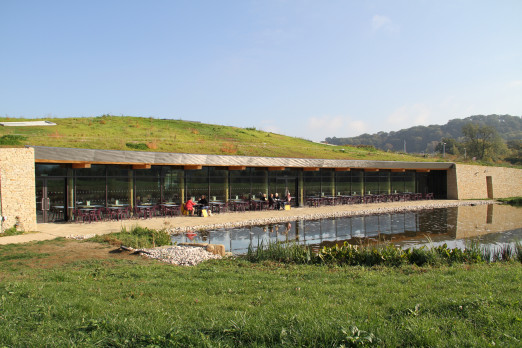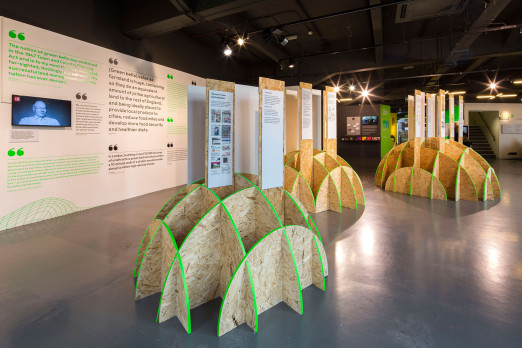We are not alone in the need to control city sprawl, protect and encourage biodiversity, while responding to development pressures. Around the world there are relatives to our Green Belt.
Freiburg is celebrated for being surrounded by 6,400 ha of communal forest, the largest in Germany, and with a city government that has a clear landscape plan. The redevelopment of the Vauban quarter into an eco-friendly residential district, serviced by a tramline and with low car ownership, is seen as a world-leading model in greening the city.
Copenhagen is designed to develop along ‘five fingers’, a plan that allows for expansion while keeping green spaces within easy reach of citizens.
Southern Ontario has one of the largest green belts in the world, 730,000 ha of richly biodiverse territory that is protected from Canada’s fast-growing ‘Golden Horseshoe’ of urban development.
The Sao Paulo Green Belt Biosphere Reserve straddles 73 municipalities and is home to 23 million – but despite these pressures, is focused on preserving a key part of the fragile coastal rainforest biome of Brazil.
One of the most recent, and largest, projects is the European Green Belt. This runs along the line of the former Iron Curtain and connects numerous parks and reserves, extending for 12,500km and touching 24 countries, from> the Barents Sea to the Black Sea. It is a vast biodiversity corridor and a memorial for humanity.





